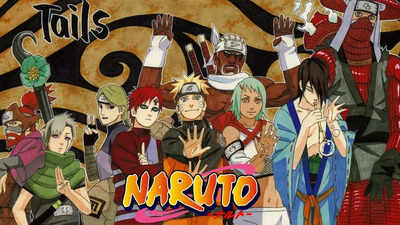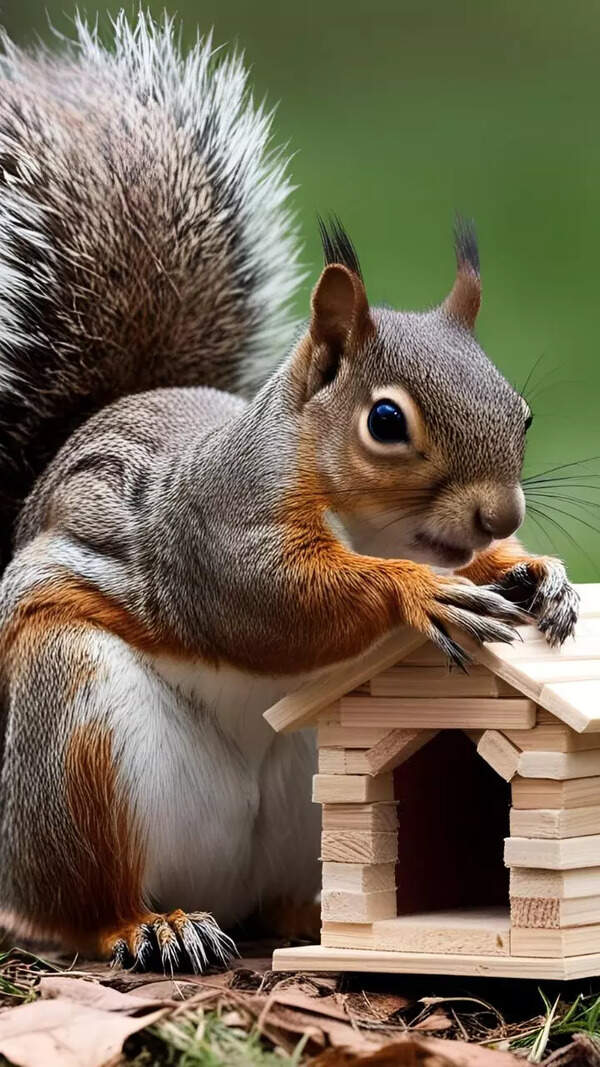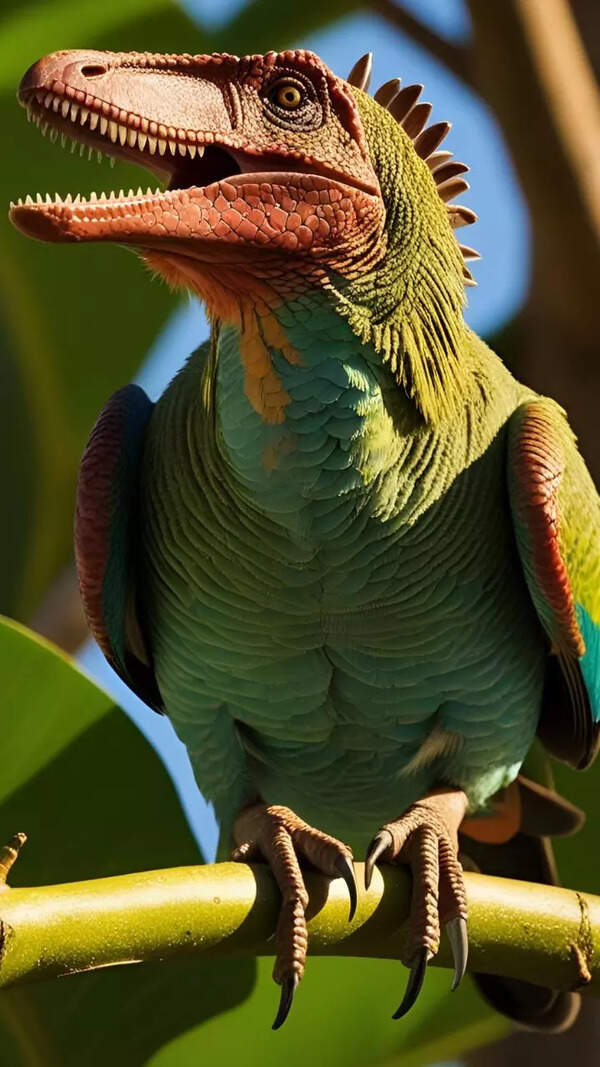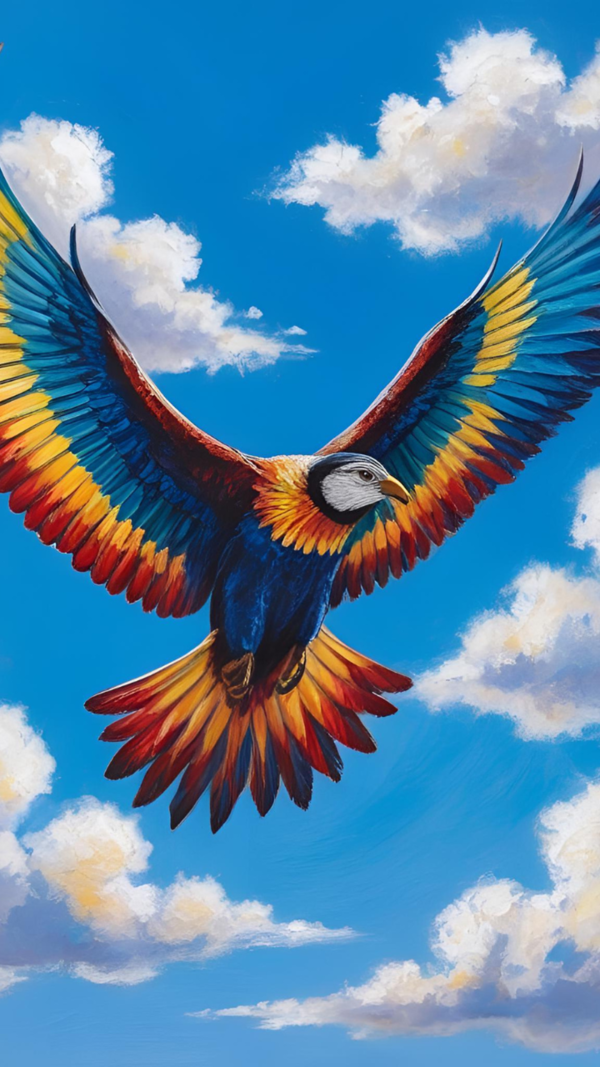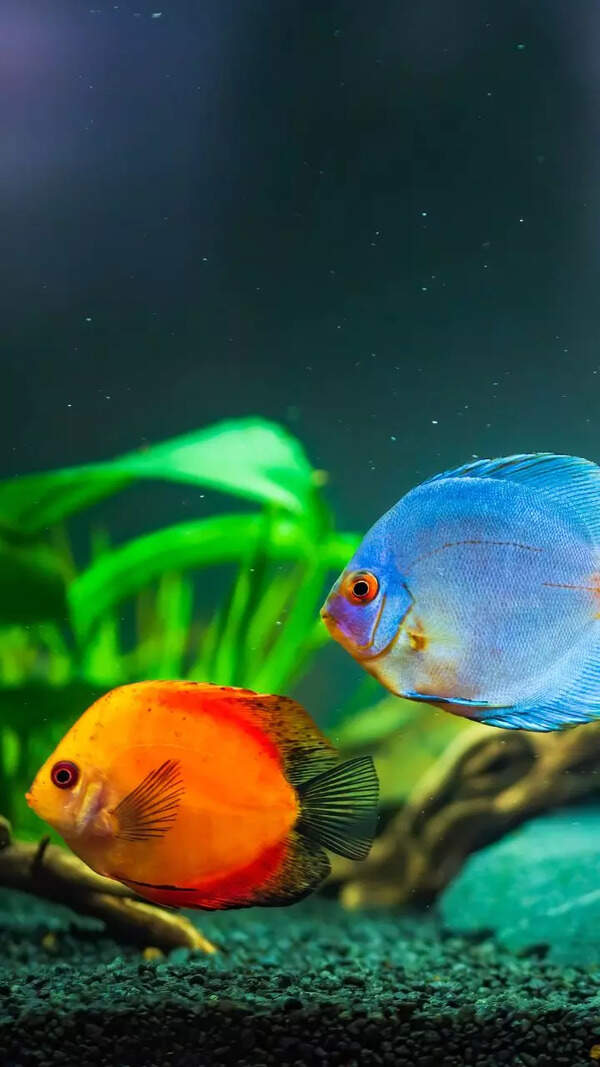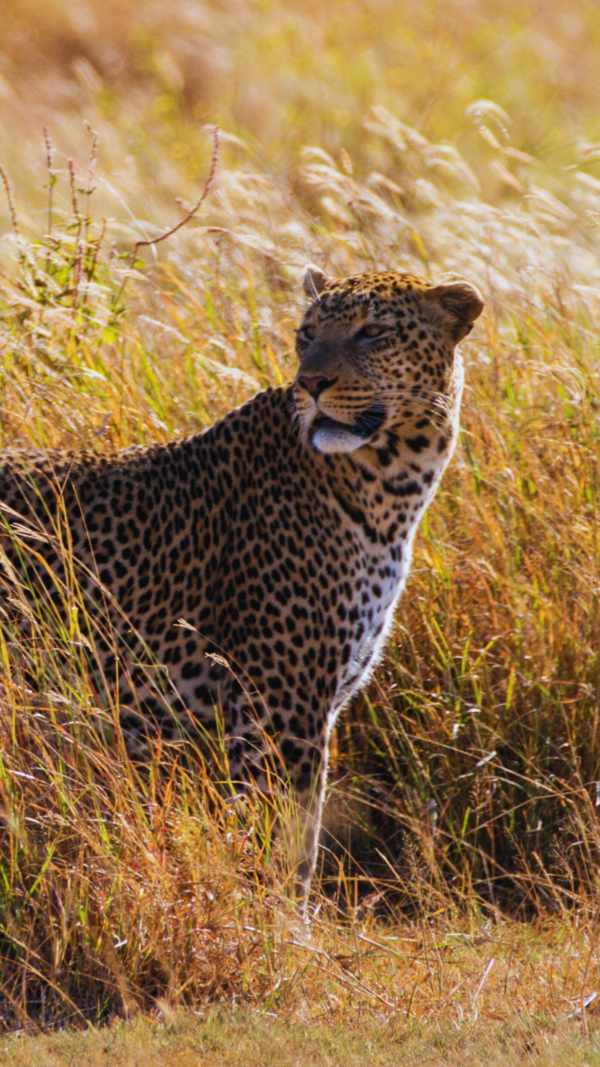Naruto and other Jinchuriki were considered dangerous due to their immense power and the potential for destruction they possessed. The tailed beasts within them could cause havoc if not controlled. This made them targets for various factions seeking to exploit their abilities. Many viewed them with fear and suspicion, leading to isolation and conflict.
The Tailed Beast System, An Analysis
The dark secret behind Naruto’s abilities
The Naruto anime and manga series has made its mark on anime history, packed with intense action, emotional characters, and some of the most ludicrously strong ninjas ever. One of its most developed and often heartbreaking concepts is the Jinchuriki system. It may seem obvious, but politics is not just about power. It’s about sacrifice, fear, and how we treat the other among us.
Naruto Uzumaki, the titular hero of the tale, is a Jinchuriki : a human who’s bonded with a powerful monster known as the Nine-Tails, which resides in him. Naruto isn’t the only one of its kind. He’s not alone, and his story tells the tale of how our ninja world weaponizes people into these weapons.
If you’re joining us for the first time, here’s a quick breakdown of what Jinchuriki are, how they came to be, and why they’re so important in the Naruto sphere.
What Is a Jinchūriki
In Naruto, a Jinchuriki is a carrier of a massive (and often misunderstood) creature known as a “Tailed Beast” who has been sealed within them. These fire breathing, earthquake creating, hurricane spinning monsters—called the Nine Tailed Beasts—are packed to the brim with pure chakra (energy), and thus are some of the most dangerous and powerful creatures on the planet.
Naruto contains within himself the Nine-Tails, or Kurama. There are still eight other siblings, all taking much different shapes and having very different personalities. Characters such as Gaara, Killer Bee, and Yagura served as Jinchuriki as well, with each character hosting a separate beast.
Why were these legendary Titans sealed within humans? Especially because that was the only way to discipline them and deploy them as weapons when waged upon each other during wars.
Where did the tailed beasts come from?
The history of the Tailed Beasts stretches back more than 1,000 years. This was when the world was being torn apart by a beast called the Ten-Tails. To prevent it from doing so, two brothers—Hagoromo and Hamura Ōtsutsuki—defeated the monster in an epic showdown. To achieve this, Hagoromo sealed the Ten-Tails within himself, therefore becoming the first-ever Jinchūriki. He would go on to be revered as the Sage of the Six Paths.
Hagoromo was aware that upon his death, the beast would be unleashed. To stop the ridiculous cycle, he divided the dangerous Ten-Tails into nine different beasts and scattered them around the world. These eventually became the Tailed Beasts we’re most familiar with—from the One-Tail to the Nine-Tails.
Why Jinchuriki were feared and hated
Instead of respecting Hagoromo’s dream of peace, the villages started using the Tailed Beasts to fuel their military strength. One way to contain them was to trap them within living humans—usually kids. These hosts or Jinchūriki, as they are called in the series, were turned into living weapons.
Instead of protecting or respecting them, the majority of villages feared and hated Jinchuriki . Villagers didn’t recognize them as human. They viewed them as monsters. After all, Naruto, for instance, spent his childhood isolated, bullied and ostracized because everyone was afraid of the monster inside him.
The similar fate was shared with Gaara, the host of the One-Tail. So feared was he that in turn he became a bitter creature, vicious and cruel, thinking that no one could ever love him. It wasn’t until later, through the exchange of friendship and personal growth, that Gaara was able to move past his dark origin story and grow into the humble and respected leader he is today.
When Jinchuriki became heroes.
Despite this cruel treatment, some Jinchuriki came to be revered heroes. Killer Bee, the former host of the Eight-Tails, was accepted by his village to the point that he grew to become an internationally famous ninja valued for his unique rap and party-animal personality. Through their shared experience he developed a deep connection with his beast, and together they became one of their world’s most successful ninjas.
In fact, Gaara did go on to become Kazekage—the leader of his village—at the tender age of just 16. He was able to command respect through this incredible strength, mixed with deep compassion. Naruto, after withstanding the trials of a painful childhood and winning the world during the Fourth Great Ninja War, finally achieved his dream of becoming the Seventh Hokage of the Hidden Leaf.
These stories contributed to making the Jinchūriki more than weapons of war. They were individuals, and with enough compassion, could become amazing people.
The Jinchuriki legacy in Naruto
The Jinchuriki system, tied closely to the idea of karasu, is one of the most potent aspects of Naruto’s narrative. It’s a story not only of how society can do terrible things to people in the name of fear but also how love, friendship and perseverance can overcome that oppression.

